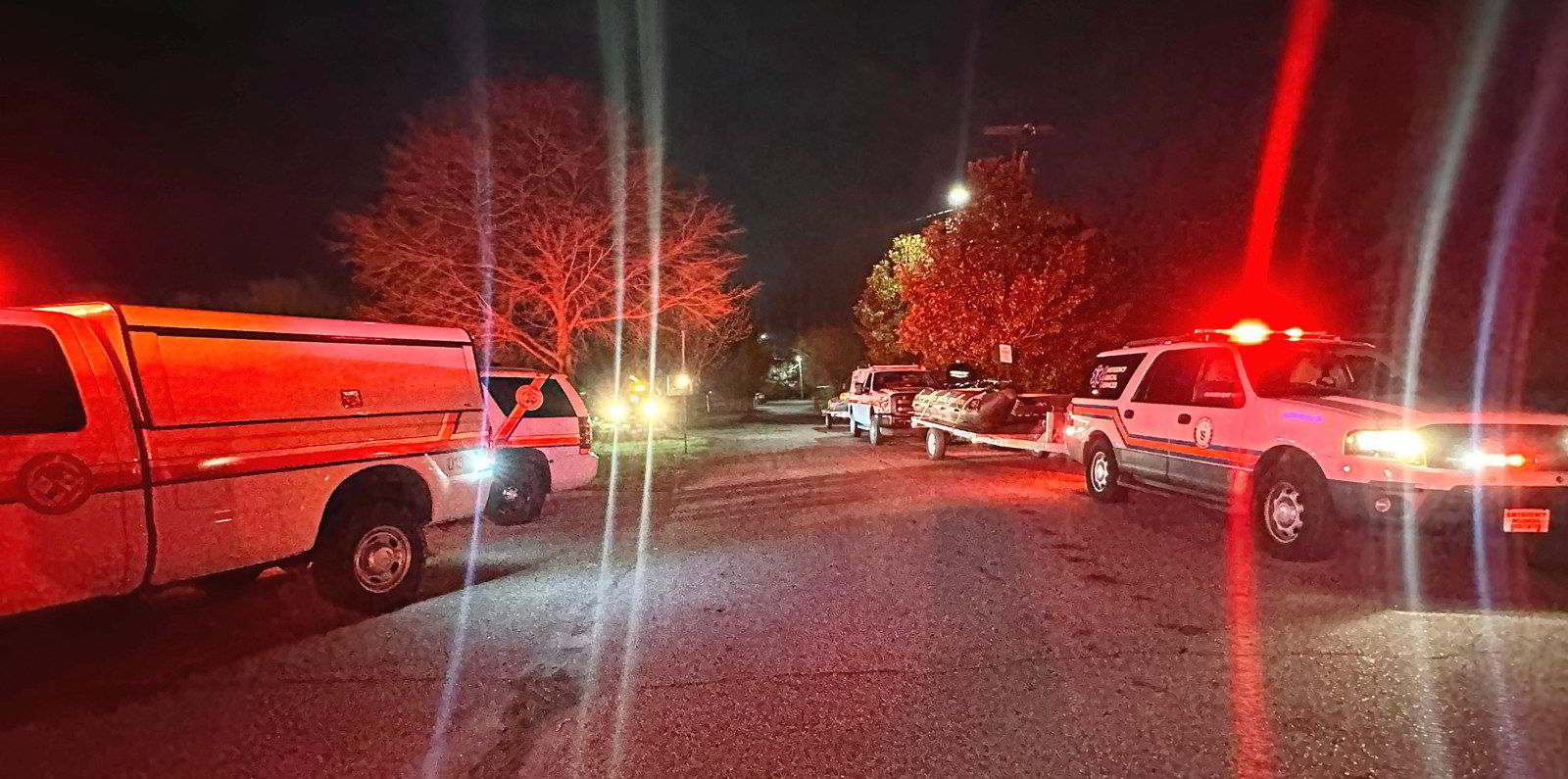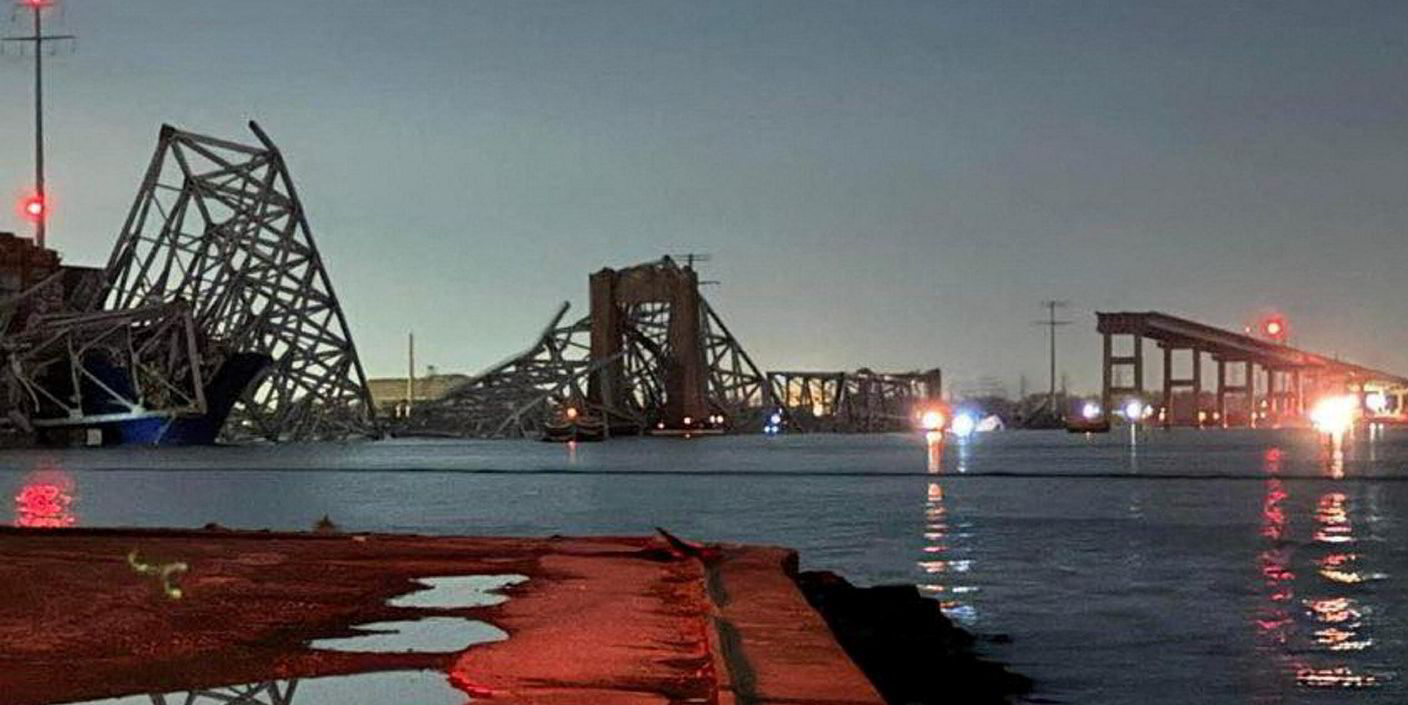Seven vessels are stuck in Baltimore harbour after the collapse of the Francis Scott Key Bridge in the early hours on Tuesday closed the US East Coast port to ship traffic.
Among them are Wallenius Wilhelmsen’s 7,934-ceu Carmen (built 2011) and Oldendorff Carriers’ 81,262-dwt Klara Oldendorff (built 2019), which arrived at the port on Sunday and Monday respectively, before the the 9,962-teu Dali (built 2015) slammed into the bridge causing it to collapse.
“We want to express our deepest thoughts to the individuals and families involved in this morning’s tragic incident,” the Port of Baltimore said in a statement.
The port said trucks continue to be processed at its marine terminals, despite the lack of vessel traffic.
“At this time we do not know how long vessel traffic will be suspended. As soon as that is determined we will provide an update.
“Until then please keep those involved in your prayers.”
PortsAmerica, which runs the Seagrit Maritime Terminal in the harbour beyond the bridge, said it is providing assistance to the response efforts and that its primary concern lies with the individuals impacted and their families.
“The devastating collapse of the Key Bridge has obstructed the navigation channel into the key cargo facilities in the Port of Baltimore including both Seagirt and Dundalk terminals,” it said in a statement.
“The terminal operations remain unaffected by the incident; however, the only deep-water channel into the main harbour will restrict vessel navigation until it is cleared.”
AP Moller-Maersk — which had the Dali on charter and was carrying Maersk customer cargo — said it would discharge cargo headed for Baltimore at other ports and that the port would be omitted for the “foreseeable future”.
Hoegh Autoliners said it had the 6,000-ceu Hoegh Chiba (built 2006) due to arrive in Baltimore on Wednesday and is pursuing alternative solutions.
In addition to the seven ships inside the harbour there are several that have either turned away or dropped anchor outside of the port.
The 8,386-teu container ship MSC Alina (built 2014) had been broadcasting its destination as Baltimore, and made it to within 20 km (12.4 miles) of the bridge before turning around and changing its destination to Norfolk, Virginia, automatic identification system data shows.
At least 10 have turned south or dropped anchor after the ship-into-bridge collision, which plunged the main span of the key thoroughfare into the Patapsco River.
A Bureau of Transportation Statistics report published in January shows Baltimore as the 17th-busiest port in the US based on total cargo tonnage and 10th in dry bulk tonnage. It is 15th in container tonnage.
But where the Port of Baltimore is the most prominent is in the ro-ro sector; it claims to be the country’s busiest for vehicles and heavy machinery.
According to the Maryland Port Administration, most of the Port of Baltimore’s facilities lie inside the beltway linked by the Francis Scott Key Bridge, including the Ports America-run Seagrit Marine Terminal.
Wallenius Wilhelmsen — the world’s largest car carrier operator — has a terminal at the Dundalk Marine Terminal, another large facility inside the beltway.
The company said Baltimore is an important location and that all its vessels, its terminal and its staff in the area are safe and accounted for.
“First and foremost, our sympathies go to all of those directly affected by the tragic events unfolding in Baltimore,” the company said.
“We are working with the relevant local authorities and stakeholders to assess the immediate impact the incident will have upon our ongoing operations.”
The biggest facility lies east of the bridge and is known as Tradepoint Atlantic, a 13.4 square kilometre facility backed by Redwood Holdings.
It said it was shocked by the incident and that it had been in contact with emergency response officials from both local and state governments.
“Baltimore is a proud, tough, and resilient community that has faced hard times in the past and has always come back stronger—it will again,” it said.
Follow TradeWinds’ coverage of the disaster here






